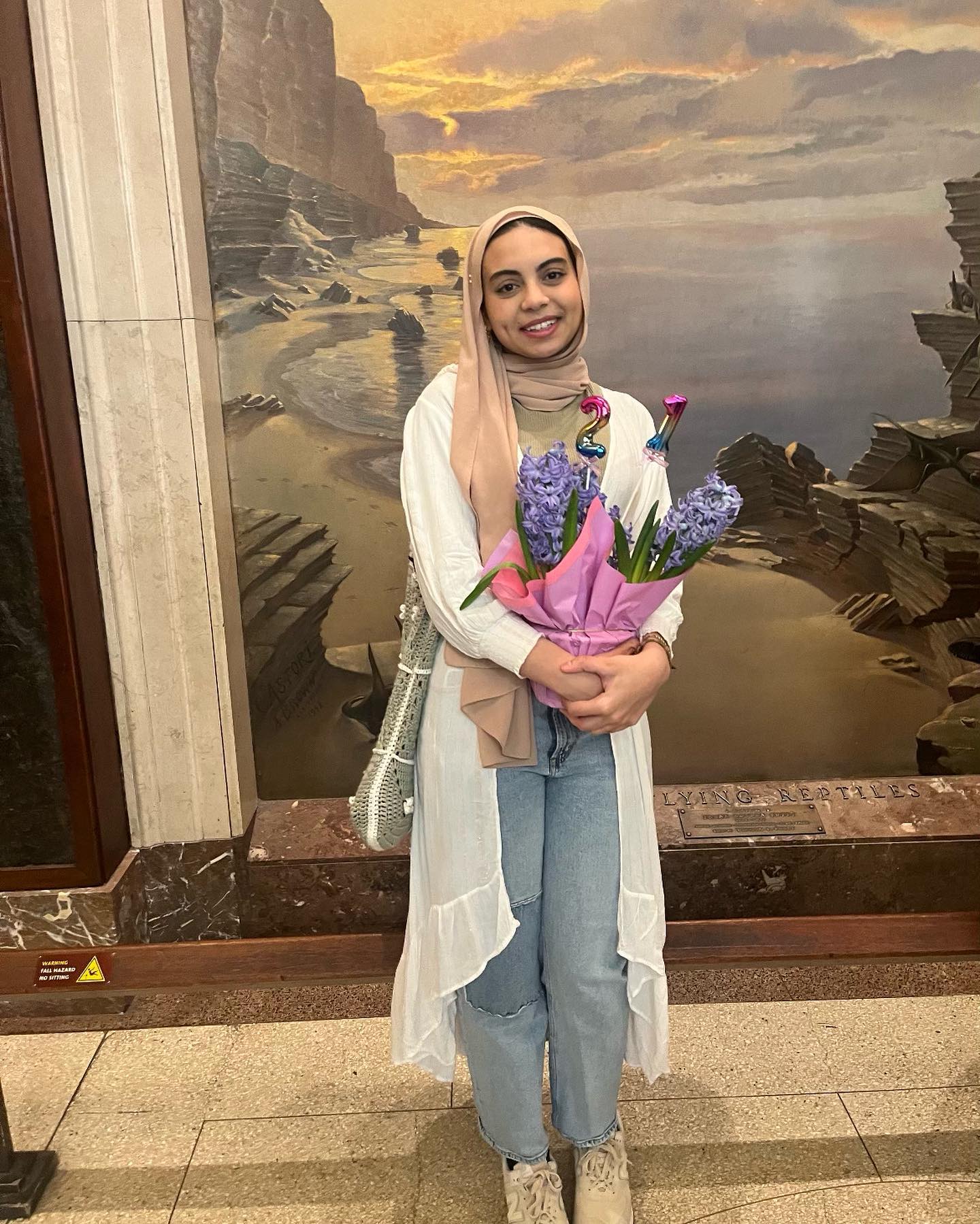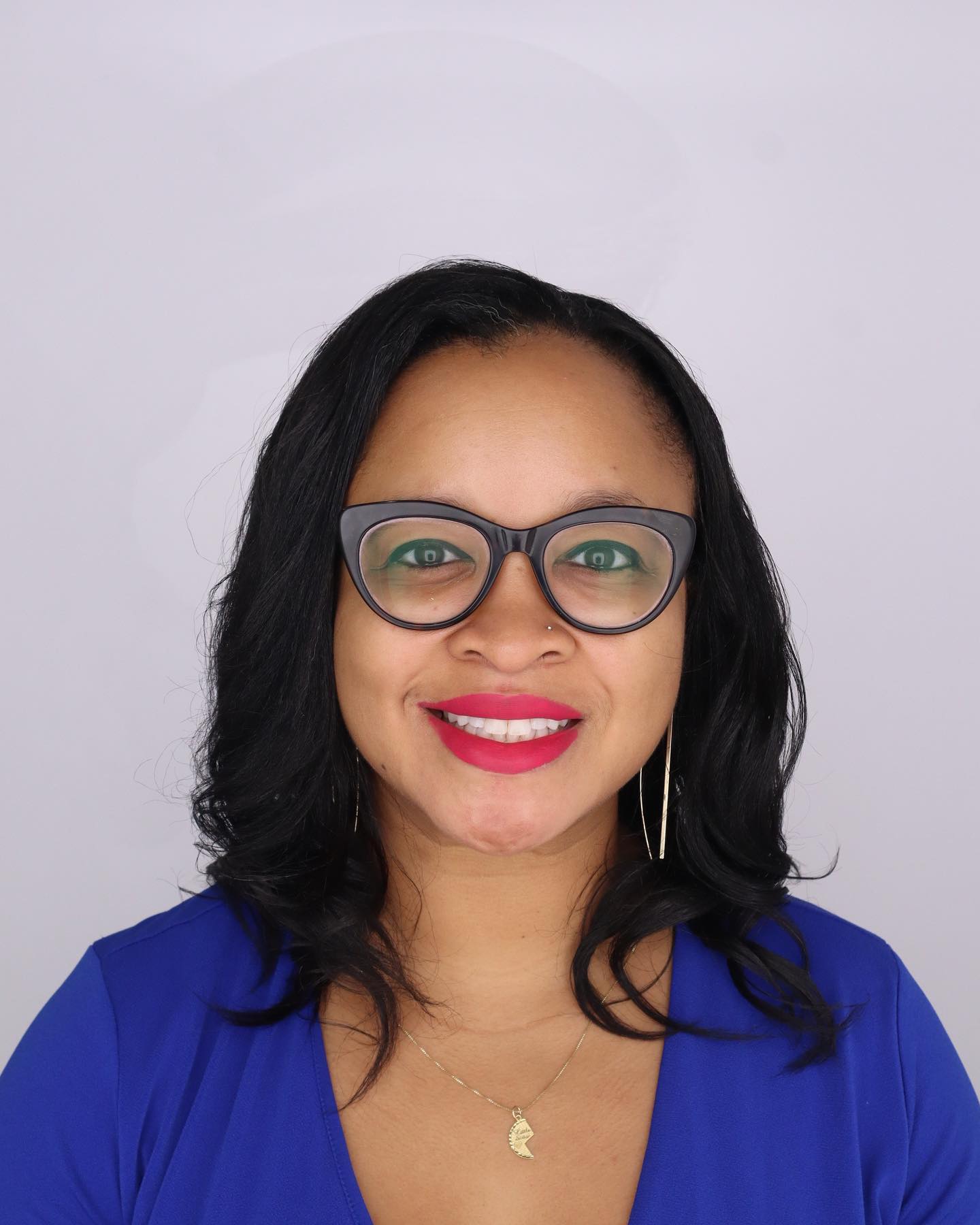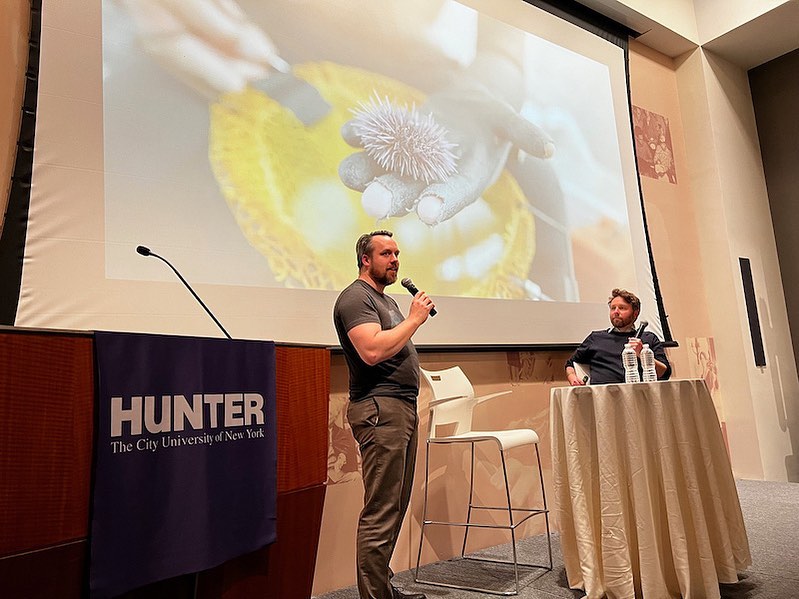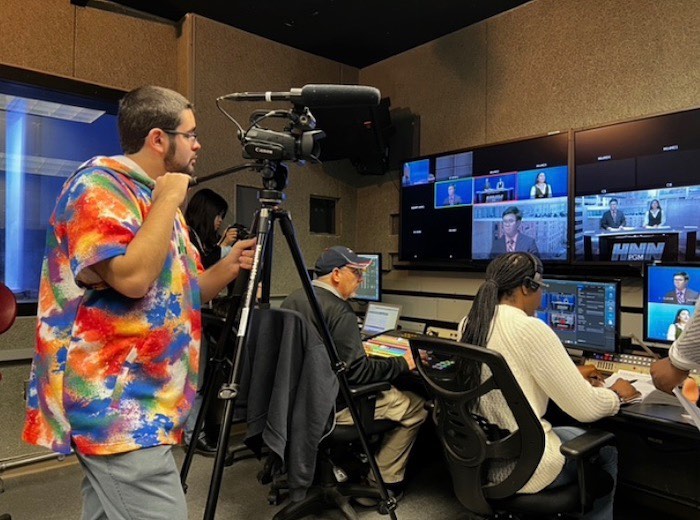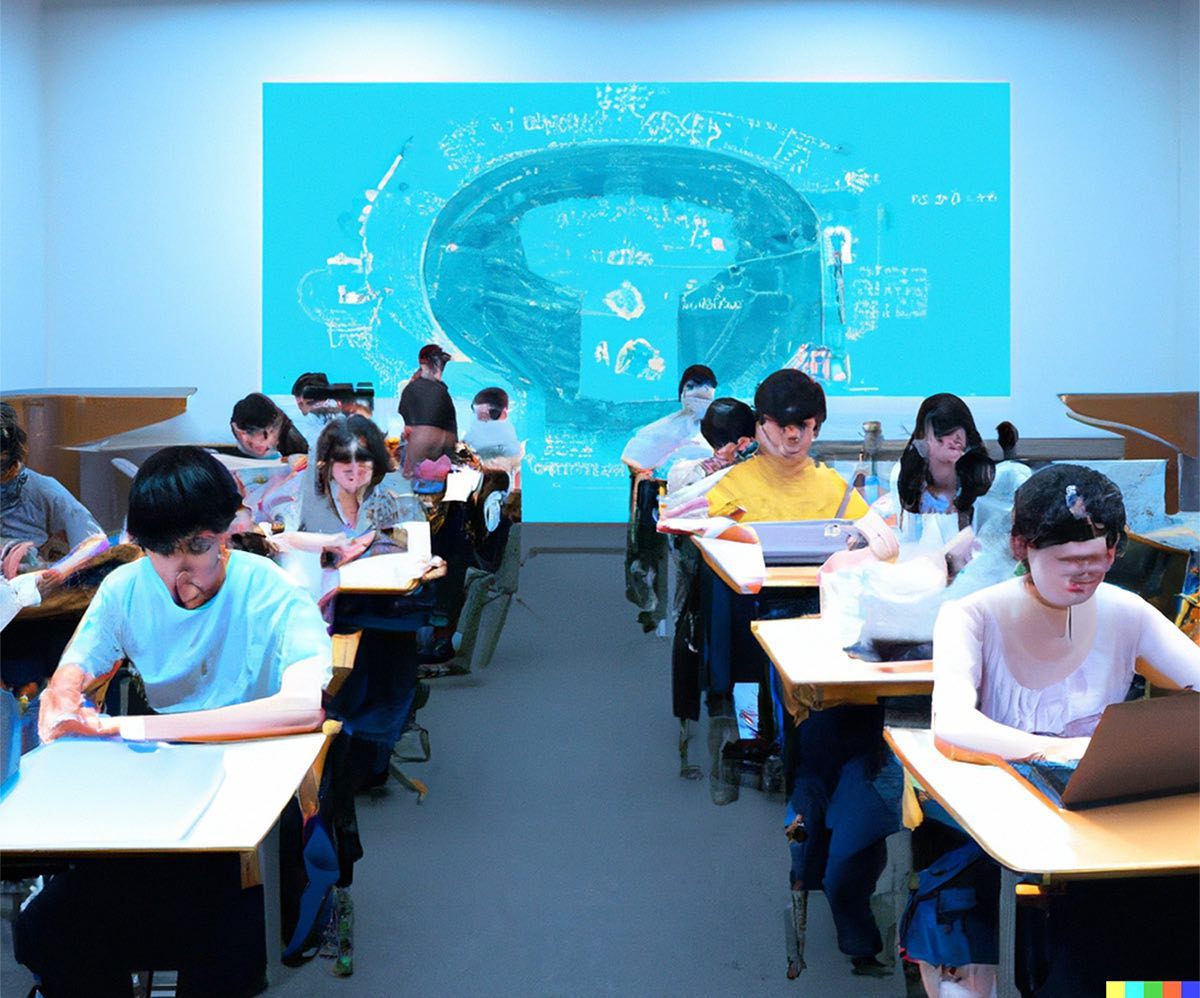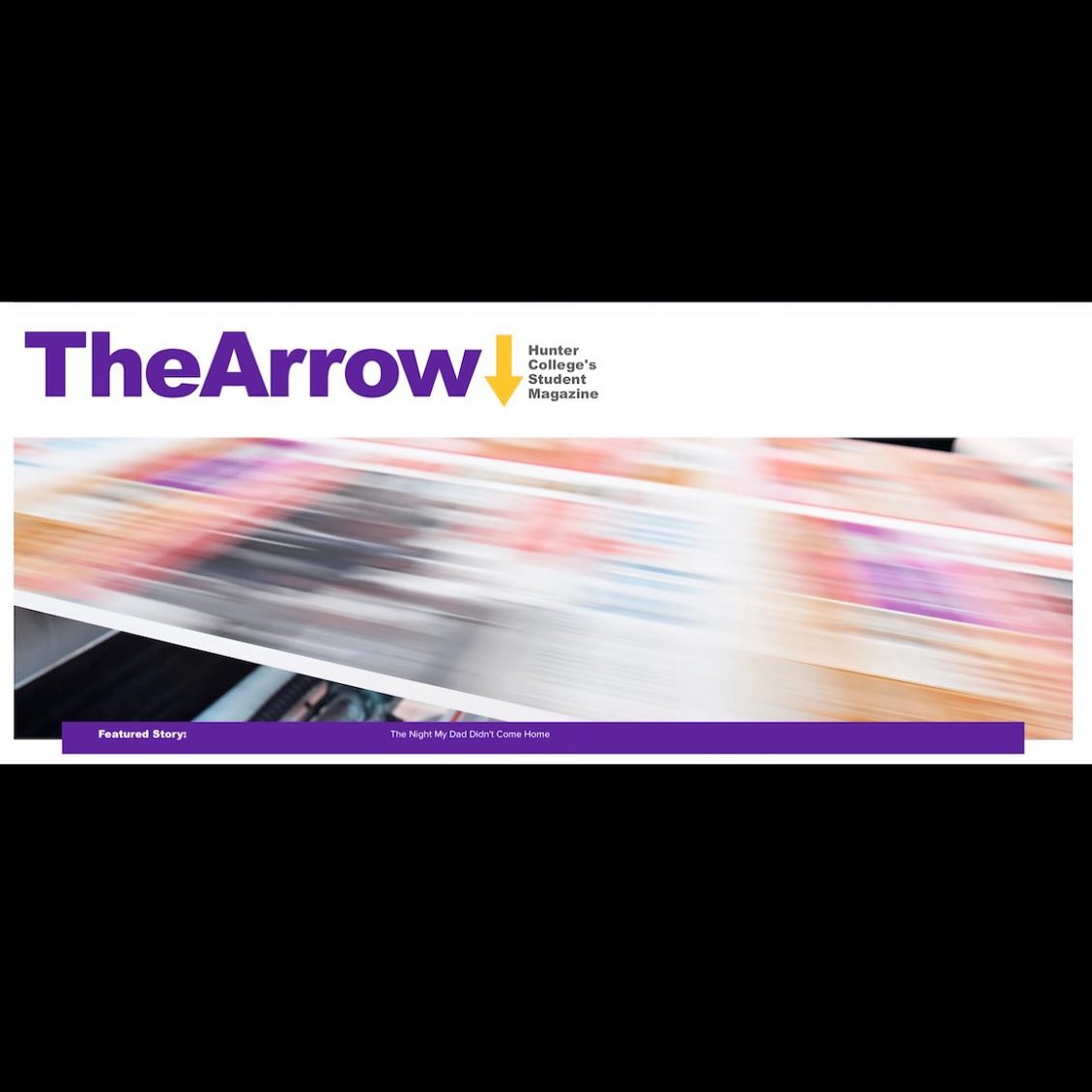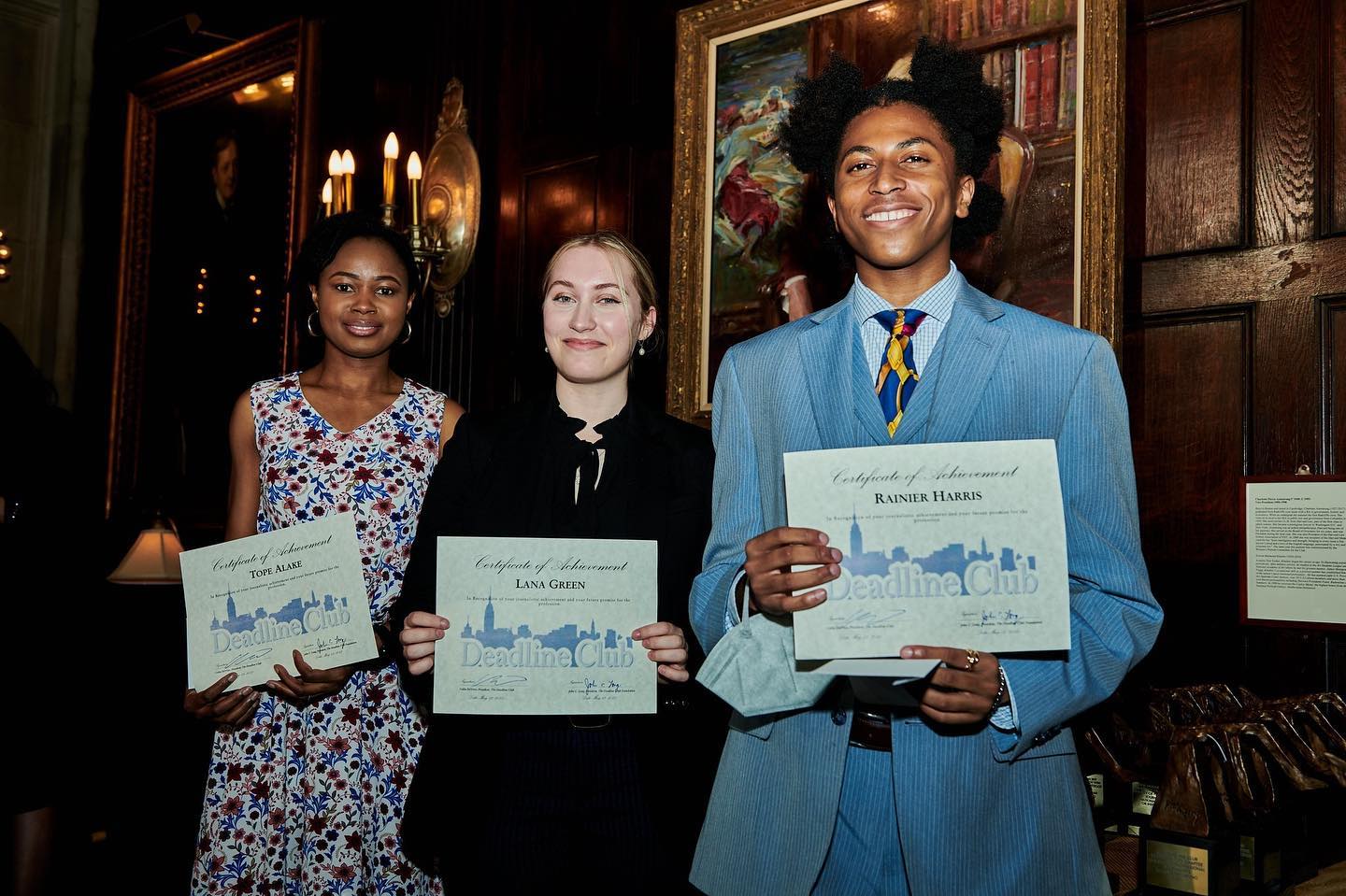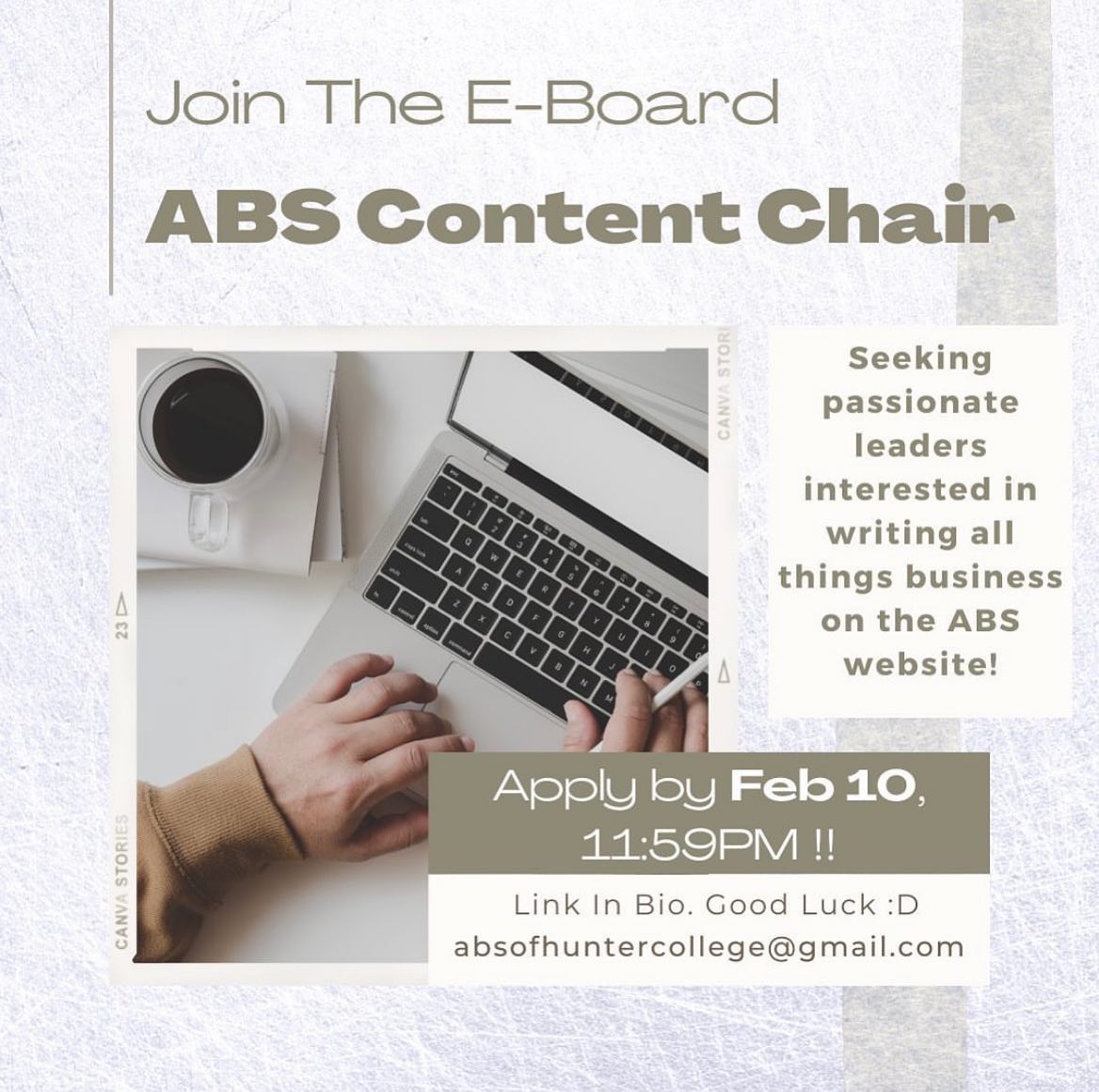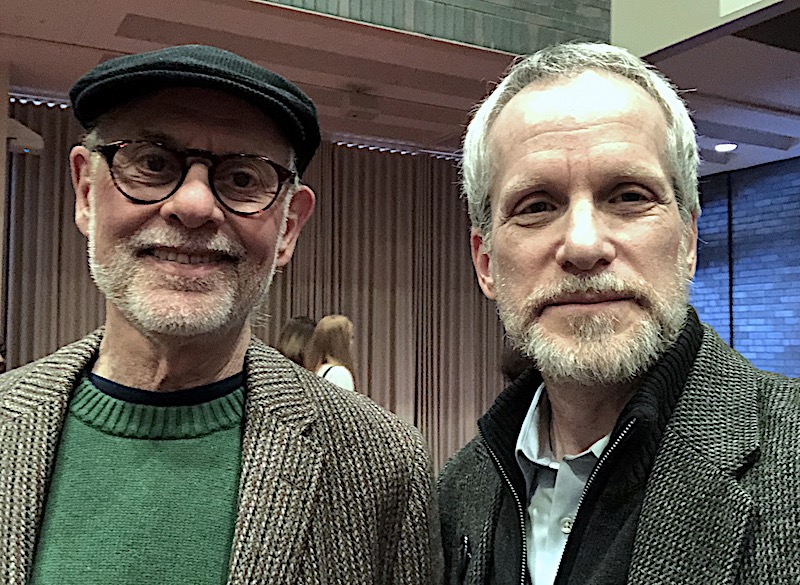
Prominent journalists at a gathering on the “power of narrative” this past weekend warned that crucial voices and context are missing in the journalism profession, while at the same time offering up recipes for repairing the gaps through more diverse hiring, and better reporting, interviewing and storytelling.
Journalism Prof. Adam Glenn was on hand at the March 22-24 meeting to gather advice and insight for Hunter journalism students. The event is hosted each year by Boston University, and drew several hundred attendees to more than two dozen working sessions, panels and other presentations.
Prominent journalist Farai Chideya set the conference tone in an opening keynote address that argued that today’s society is in a “wars of narratives” in which journalism is an actor, yet one badly in need of diversification.
She said that to more accurately report on the state of the nation newsrooms needed more people of color, more rural Americans and more working class whites. Chideya warning that that lack of diversity disconnects newsrooms from communities, and imperils not just the profession, but democracy itself.
One reason news organizations have trouble making its way into a more diverse future? Tapping a “Star Wars” metaphor, Chideya joked that, “Journalism often thinks of itself as the resistance when it’s more often the empire.”
“Everything we know, we know through stories … the big truths, the big lies.”
— Al Letson
Another keynoter, Al Letson, a slam poet and playwright who helped launch and currently hosts Reveal, the public radio investigative journalism show, urged journalists to think in terms of narrative as a way to help foster societal change. “Everything we know, we know through stories … the big truths, the big lies,” said Letson.
He added that if journalists are not making the country’s history part of the narratives they share, they’re not doing their jobs. “It’s all about context,” Letson maintained. “We have the stories. We have the data. Now we have to have the will.”
Speaking in a ‘human voice’
A wide array of practical tips came from the various working journalists, writers and others presenting over the three-day program.
Conference founder and BU journalism educator Mark Kramer, for instance, urged narrative writers to speak in “a human voice,” rather than the classic, objective “news voice.”

Keynoter Eli Saslow of the Washington Post walked attendees through his own reporting and writing process, in which he tries to translate large national trends into a human scale through storytelling. One example was the story he wrote about an Oklahoma woman whose death from alcoholism exemplified a national spike in death rates among women 25-55.
Saslow also advised undergraduate journalism students to write as much as they could, figuring out their voice as they do, and to try to develop a clear sense of the kind of journalism they want to practice.
Veteran reporter Jacqui Banaszynski used a session on interviewing skills to explain the importance of observation to narrative storytelling. And she suggested interviewers recognize that for the source, “It’s their story, their emotions, their lives.”
But she also noted that journalists tend to think people know more about how journalism works than they actually do, so urged reporters to be more transparent when working with their sources. “Know your purpose and know your process [but] explain it to them.”

